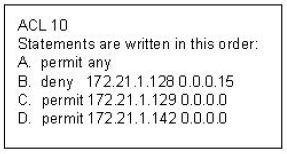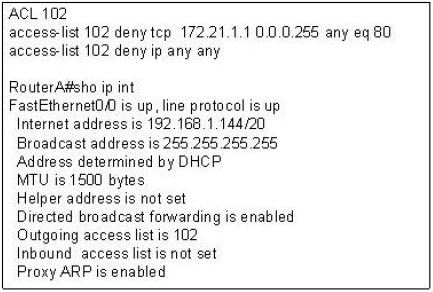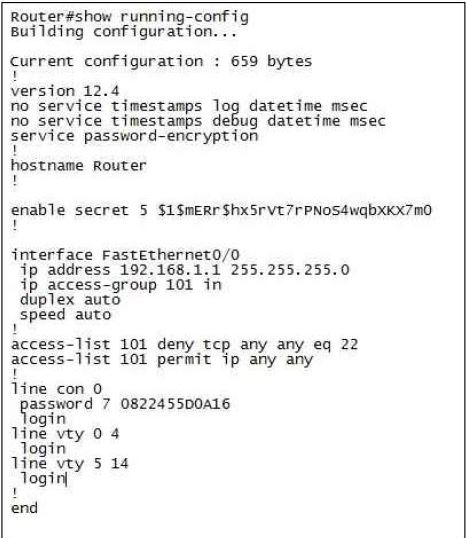Which set of commands is recommended to prevent the use of a hub in the access layer?
A. switch(config-if)#switchport mode trunk
switch(config-if)#switchport port-security maximum 1
B. switch(config-if)#switchport mode trunk
switch(config-if)#switchport port-security mac-address 1
C. switch(config-if)#switchport mode access
switch(config-if)#switchport port-security maximum 1
D. switch(config-if)#switchport mode access
switch(config-if)#switchport port-security mac-address 1


